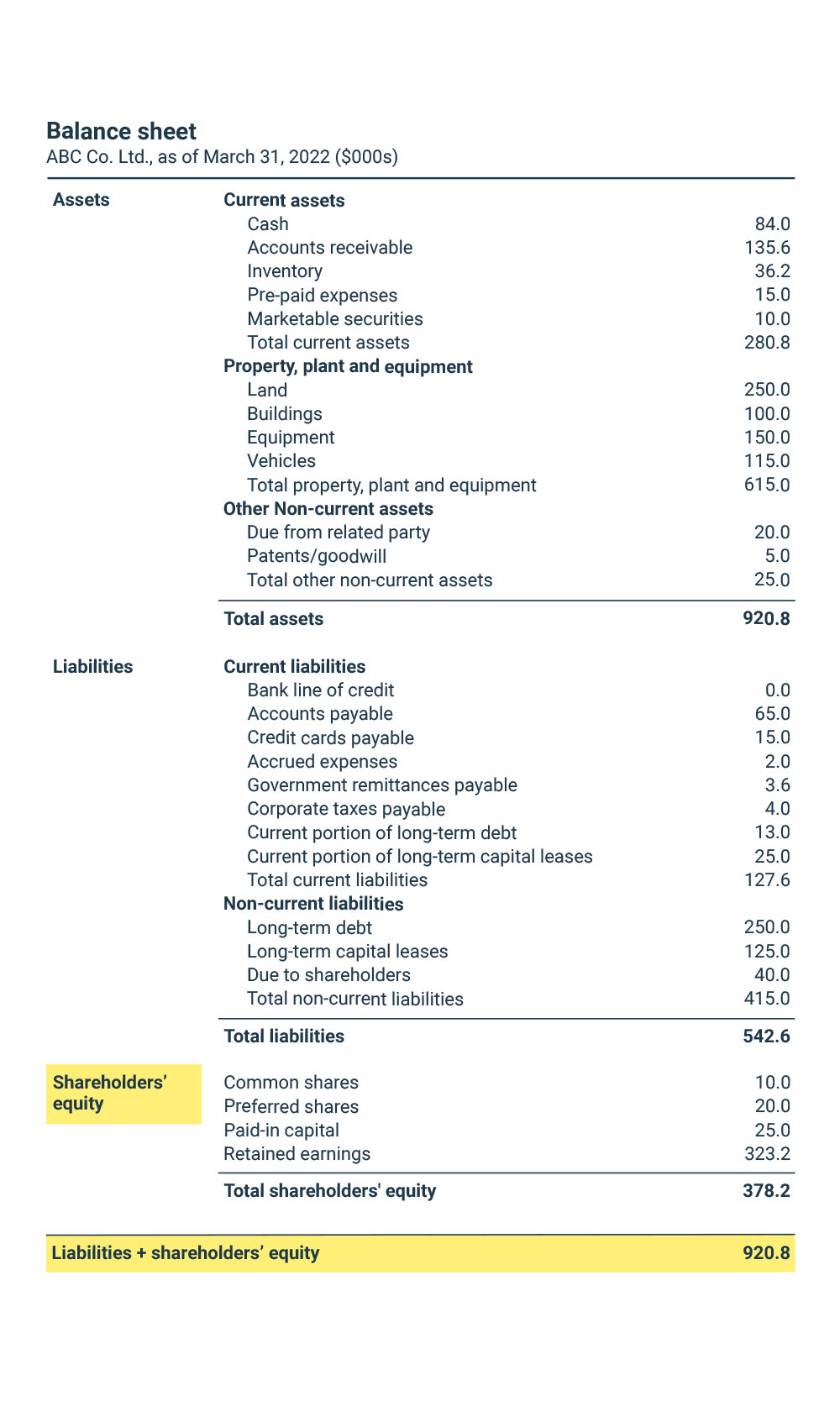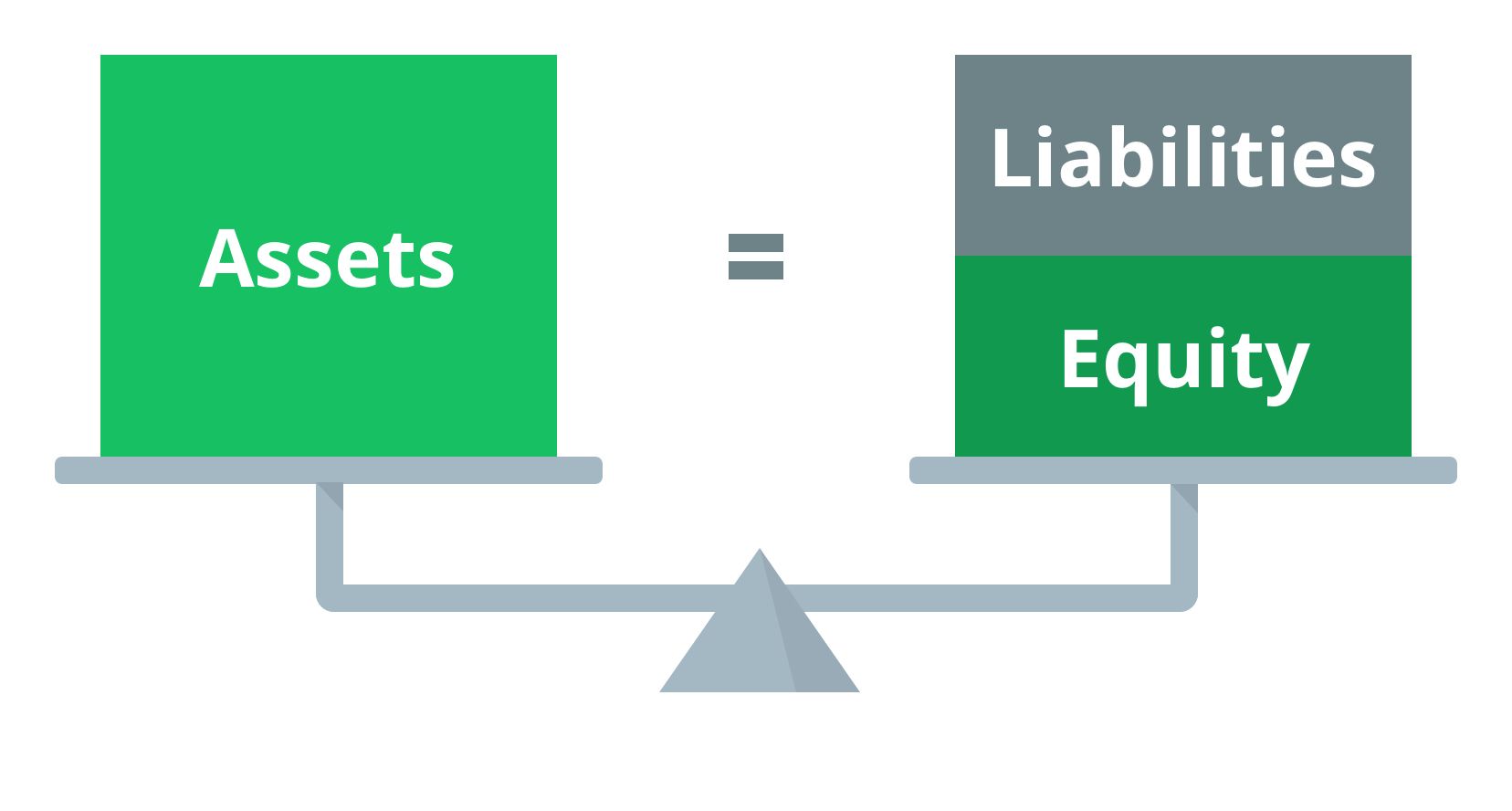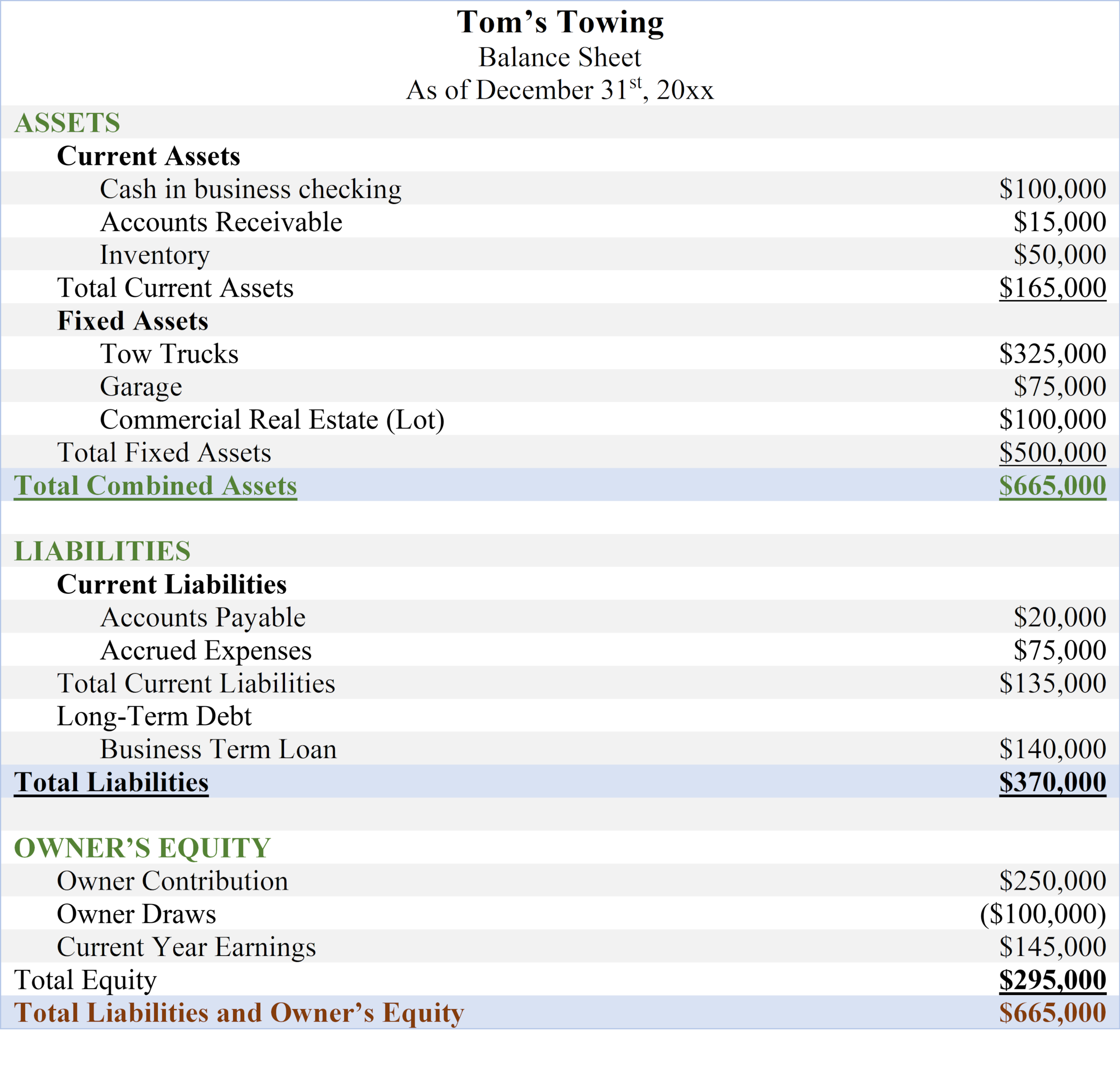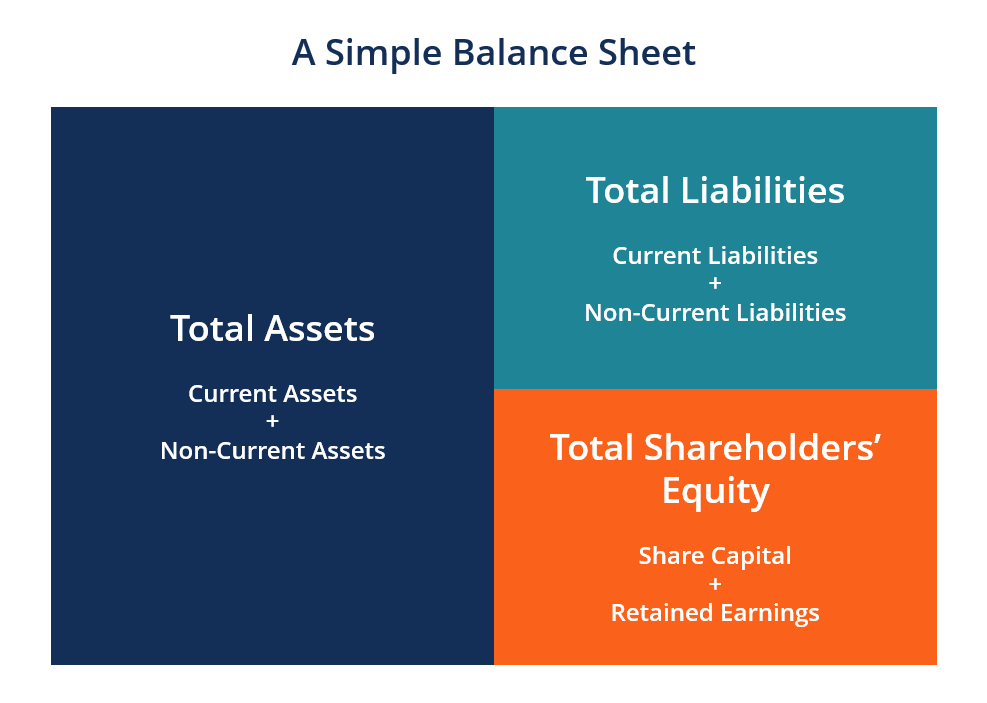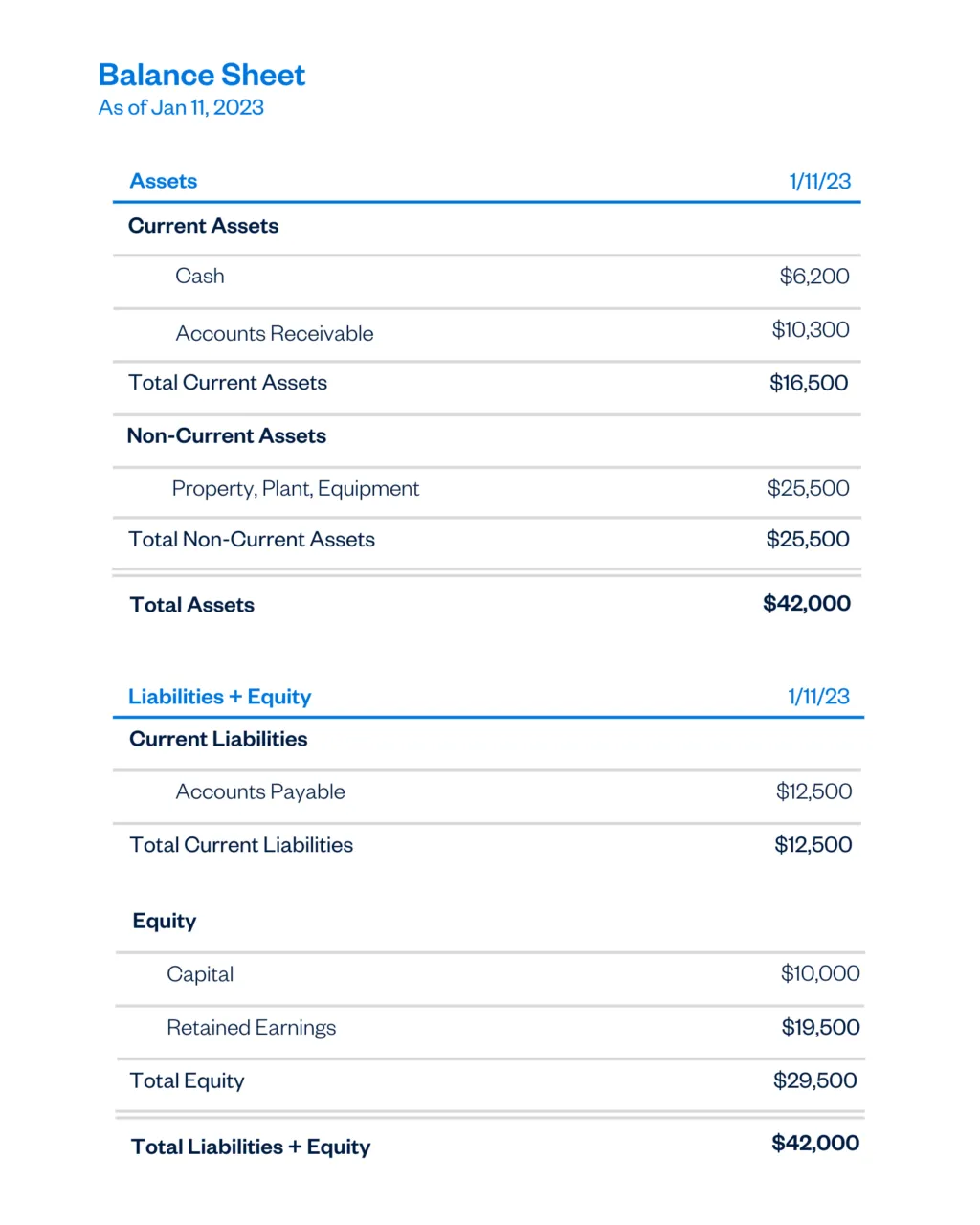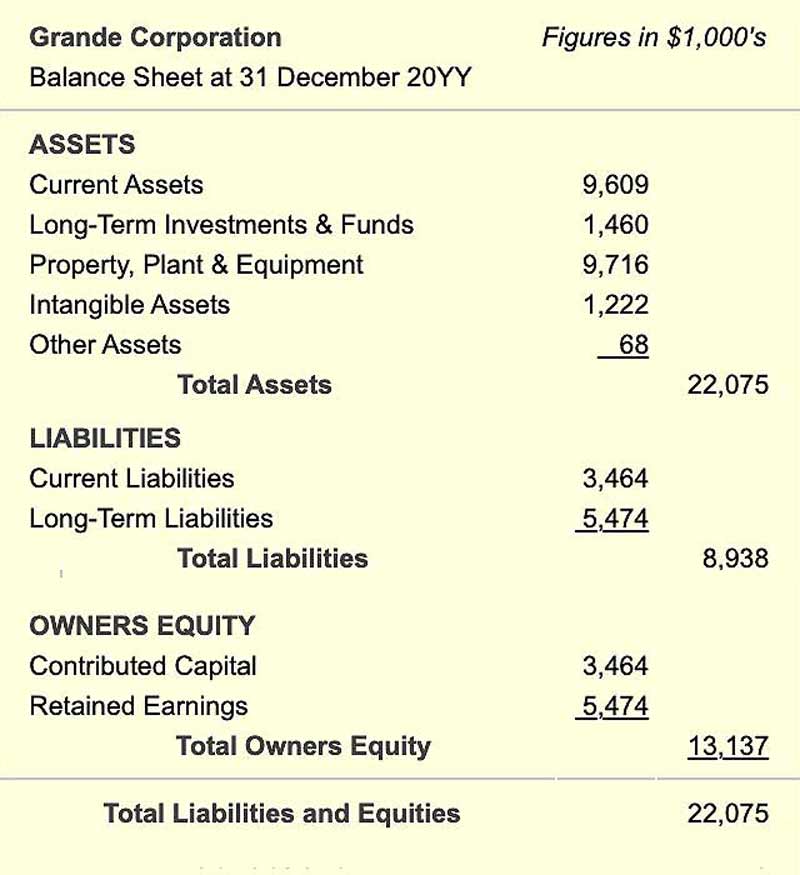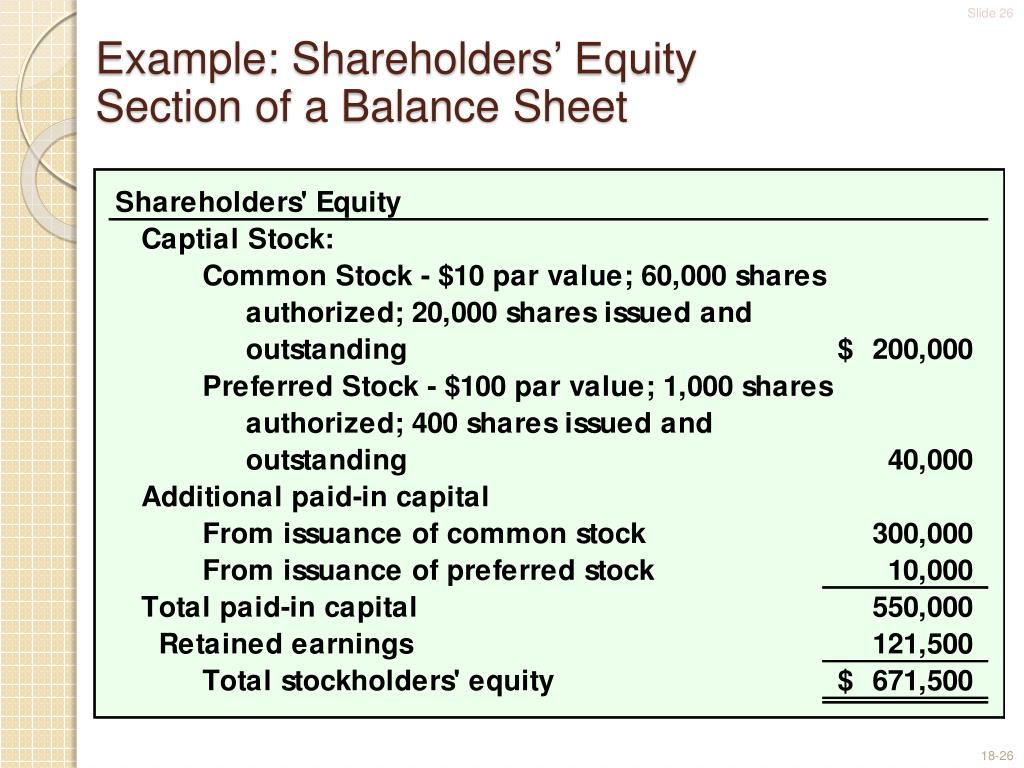What Is Equity In Balance Sheet - Below liabilities on the balance sheet, you'll find equity, the amount owed to the owners of the company. All revenues the company generates in excess of its expenses will go into the shareholder equity account. To recap, you’ll find the assets (what’s owned) on the left of the balance sheet, liabilities (what’s owed) and equity (the owners’ share) on the right, and the two sides remain. On a company's balance sheet, the amount of funds contributed by the owners or shareholders plus the retained earnings (or losses). These revenues will be balanced on the assets side, appearing. Assets = liabilities + equity. As such, the balance sheet is divided into two sides (or. Since they own the entire company, this amount is intuitively based on the accounting. The balance sheet is based on the fundamental equation: One may also call this stockholders'.
Below liabilities on the balance sheet, you'll find equity, the amount owed to the owners of the company. All revenues the company generates in excess of its expenses will go into the shareholder equity account. One may also call this stockholders'. To recap, you’ll find the assets (what’s owned) on the left of the balance sheet, liabilities (what’s owed) and equity (the owners’ share) on the right, and the two sides remain. Since they own the entire company, this amount is intuitively based on the accounting. Assets = liabilities + equity. On a company's balance sheet, the amount of funds contributed by the owners or shareholders plus the retained earnings (or losses). These revenues will be balanced on the assets side, appearing. As such, the balance sheet is divided into two sides (or. The balance sheet is based on the fundamental equation:
One may also call this stockholders'. All revenues the company generates in excess of its expenses will go into the shareholder equity account. As such, the balance sheet is divided into two sides (or. Assets = liabilities + equity. Since they own the entire company, this amount is intuitively based on the accounting. The balance sheet is based on the fundamental equation: On a company's balance sheet, the amount of funds contributed by the owners or shareholders plus the retained earnings (or losses). Below liabilities on the balance sheet, you'll find equity, the amount owed to the owners of the company. To recap, you’ll find the assets (what’s owned) on the left of the balance sheet, liabilities (what’s owed) and equity (the owners’ share) on the right, and the two sides remain. These revenues will be balanced on the assets side, appearing.
Equity Method of Accounting Excel, Video, and Full Examples
One may also call this stockholders'. The balance sheet is based on the fundamental equation: On a company's balance sheet, the amount of funds contributed by the owners or shareholders plus the retained earnings (or losses). As such, the balance sheet is divided into two sides (or. These revenues will be balanced on the assets side, appearing.
Balance Sheet Key Indicators of Business Success
One may also call this stockholders'. As such, the balance sheet is divided into two sides (or. All revenues the company generates in excess of its expenses will go into the shareholder equity account. The balance sheet is based on the fundamental equation: Below liabilities on the balance sheet, you'll find equity, the amount owed to the owners of the.
Owners’ Equity, Stockholders' Equity, Shareholders' Equity Business
On a company's balance sheet, the amount of funds contributed by the owners or shareholders plus the retained earnings (or losses). To recap, you’ll find the assets (what’s owned) on the left of the balance sheet, liabilities (what’s owed) and equity (the owners’ share) on the right, and the two sides remain. These revenues will be balanced on the assets.
What is equity? BDC.ca
Since they own the entire company, this amount is intuitively based on the accounting. On a company's balance sheet, the amount of funds contributed by the owners or shareholders plus the retained earnings (or losses). One may also call this stockholders'. Assets = liabilities + equity. The balance sheet is based on the fundamental equation:
How to Read a Balance Sheet (Free Download) Poindexter Blog
The balance sheet is based on the fundamental equation: As such, the balance sheet is divided into two sides (or. One may also call this stockholders'. Since they own the entire company, this amount is intuitively based on the accounting. On a company's balance sheet, the amount of funds contributed by the owners or shareholders plus the retained earnings (or.
What Is Owner's Equity? The Essential Guide 2025
To recap, you’ll find the assets (what’s owned) on the left of the balance sheet, liabilities (what’s owed) and equity (the owners’ share) on the right, and the two sides remain. One may also call this stockholders'. The balance sheet is based on the fundamental equation: Assets = liabilities + equity. Since they own the entire company, this amount is.
Balance Sheet Definition & Examples (Assets = Liabilities + Equity)
The balance sheet is based on the fundamental equation: These revenues will be balanced on the assets side, appearing. To recap, you’ll find the assets (what’s owned) on the left of the balance sheet, liabilities (what’s owed) and equity (the owners’ share) on the right, and the two sides remain. Assets = liabilities + equity. One may also call this.
What Is Equity in Accounting Everything You Need to Know
On a company's balance sheet, the amount of funds contributed by the owners or shareholders plus the retained earnings (or losses). As such, the balance sheet is divided into two sides (or. All revenues the company generates in excess of its expenses will go into the shareholder equity account. The balance sheet is based on the fundamental equation: Since they.
Explain Difference Between Owner's Capital Account and Owner's Equity
On a company's balance sheet, the amount of funds contributed by the owners or shareholders plus the retained earnings (or losses). The balance sheet is based on the fundamental equation: To recap, you’ll find the assets (what’s owned) on the left of the balance sheet, liabilities (what’s owed) and equity (the owners’ share) on the right, and the two sides.
PPT Shareholders’ Equity PowerPoint Presentation, free download ID
Assets = liabilities + equity. As such, the balance sheet is divided into two sides (or. Below liabilities on the balance sheet, you'll find equity, the amount owed to the owners of the company. These revenues will be balanced on the assets side, appearing. One may also call this stockholders'.
To Recap, You’ll Find The Assets (What’s Owned) On The Left Of The Balance Sheet, Liabilities (What’s Owed) And Equity (The Owners’ Share) On The Right, And The Two Sides Remain.
On a company's balance sheet, the amount of funds contributed by the owners or shareholders plus the retained earnings (or losses). All revenues the company generates in excess of its expenses will go into the shareholder equity account. These revenues will be balanced on the assets side, appearing. One may also call this stockholders'.
Below Liabilities On The Balance Sheet, You'll Find Equity, The Amount Owed To The Owners Of The Company.
As such, the balance sheet is divided into two sides (or. The balance sheet is based on the fundamental equation: Assets = liabilities + equity. Since they own the entire company, this amount is intuitively based on the accounting.



